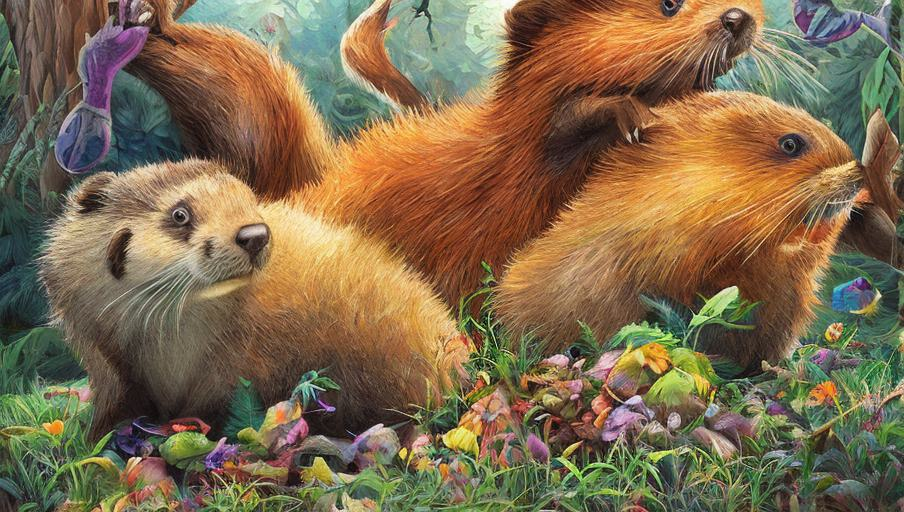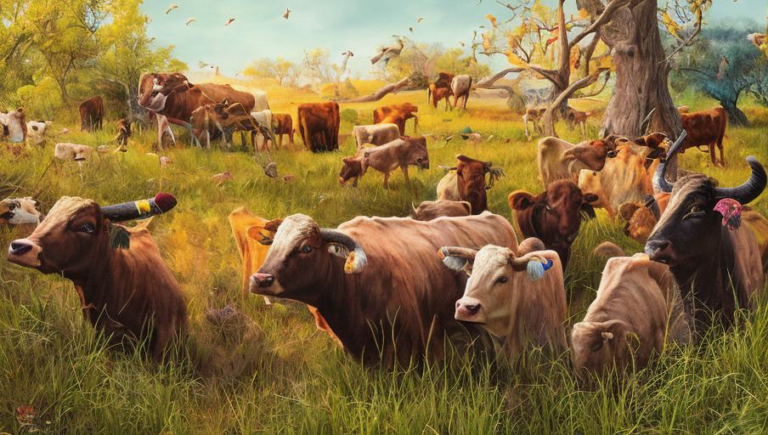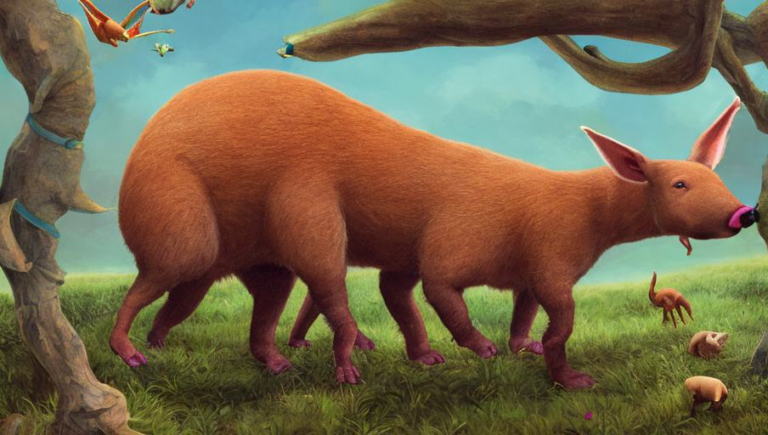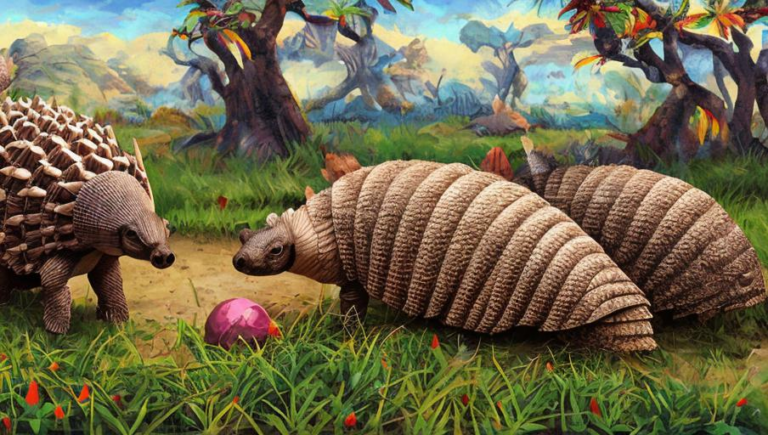Getting to Know the Beaver

What is a Beaver?
Beavers are large rodents that are native to North America, Europe, and Asia. They are known for their ability to build dams by felling trees and using the sticks and mud to create a barrier across a stream or river. In doing so, they create ponds and wetlands, which provide habitats for many other species of animals and plants.
What Do Beavers Look Like?
Beavers have large, chubby bodies, wide tails, and short legs. They range in size from 20 to 40 inches in length and weigh up to 60 pounds. Their fur is typically brown, but can range from gray to black. They have thick, webbed feet which help them swim, and their front teeth are much larger than their back teeth.
Where Do Beavers Live?
Beavers are found in a variety of habitats, including rivers, lakes, wetlands, and ponds. They prefer areas with slow-moving water, and they are also found in some areas of the ocean. Beavers are generally solitary animals, but they live together in family groups of up to eight individuals. They create their lodges, or dams, in shallow water, and they prefer to build them near a source of food, such as a stream or pond.
What Do Beavers Eat?
Beavers are herbivores, meaning they primarily eat plants. Their diet consists of bark, leaves, twigs, and aquatic plants. They also eat some insects, such as crayfish, and occasionally small fish. Beavers use their large front teeth to gnaw on wood and create their lodges.
Beaver Behavior
Beavers are mainly active at night and are rarely seen during the day. In the winter, they remain in their lodges and hibernate until the spring. Beavers are also very territorial and will fight with other beavers if they feel their territory is threatened. They are also known to be excellent swimmers and can remain submerged for up to fifteen minutes at a time.
The Importance of Beavers
Beavers play an important role in the environment. By building their dams, they create habitats for many other species of animals and plants, which in turn helps maintain a healthy ecosystem. They also help control the flow of water by slowing it down, which helps reduce flooding and sediment build-up in rivers and streams. Finally, they help maintain water quality by providing a natural filtration system.
Conclusion
Beavers are fascinating creatures that play a vital role in the environment. They can be found in a variety of habitats and are known for their ability to build dams. Beavers are also important to the environment as they help control the flow of water and provide habitats for other species. As such, they should be protected and conserved so that future generations can continue to enjoy their presence in the wild.





